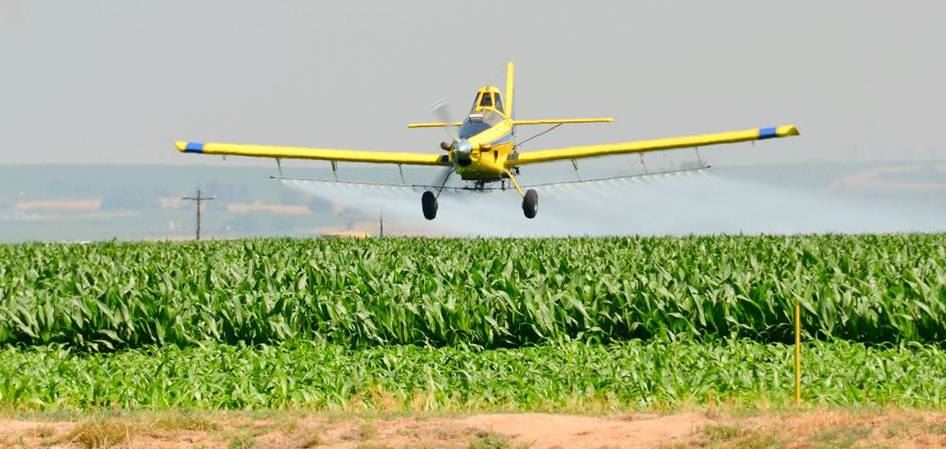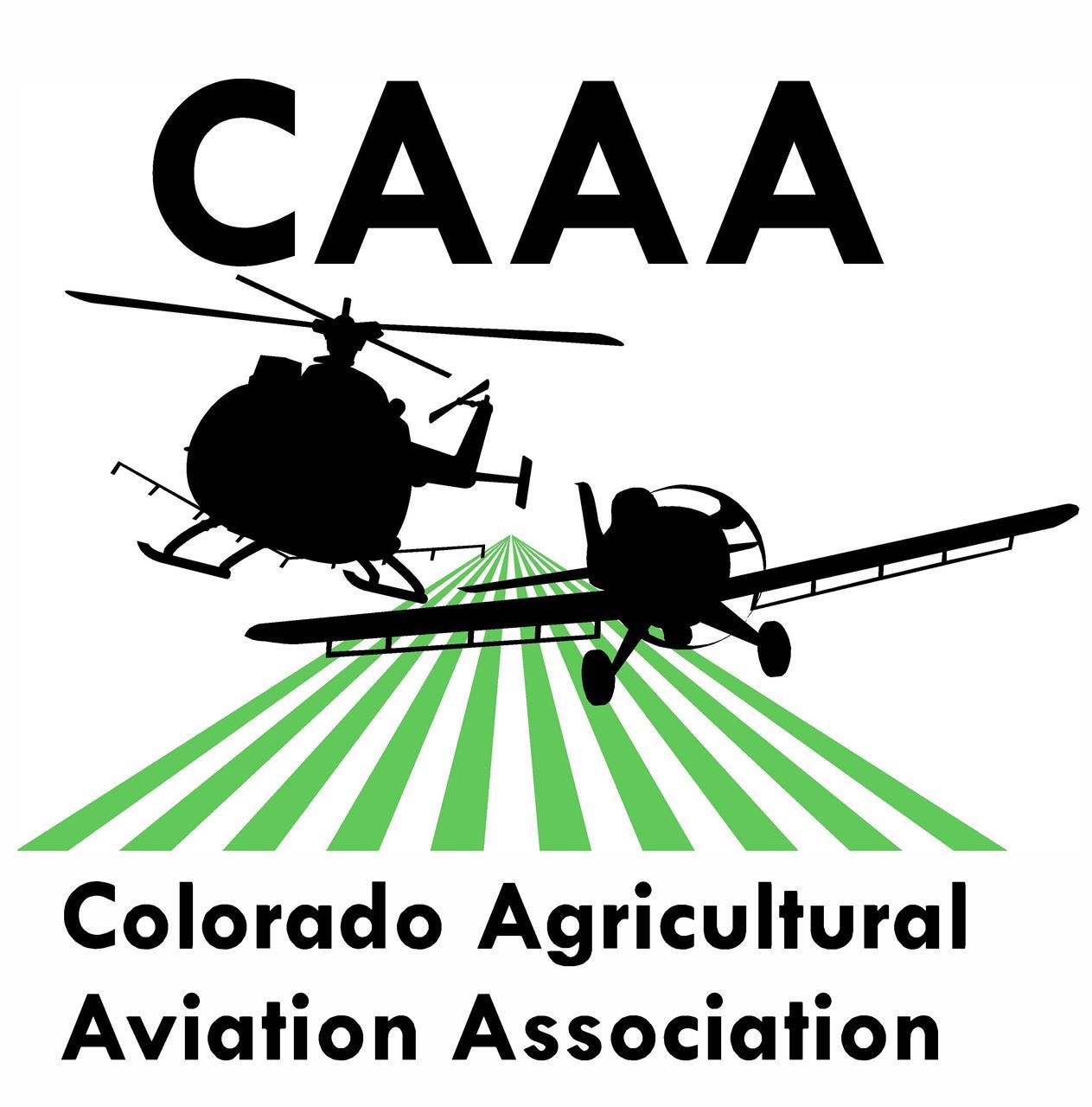
Crop Dusting“Crop dusting” doesn’t begin to describe the way the industry has developed since it began in 1921. For one thing, most applications today are in liquid form, so the word “dusting” doesn’t say enough. For another, today’s aerial applicators do much more than their predecessors did. The best term for them might be “Crop Doctors,” because they must administer the proper, targeted treatment, at the correct dosage and time, to keep the plants healthy. What is Aerial Application?Aerial application is often the safest, fastest, most efficient and most economical way to treat a crop when pests or disease threaten it. By 2050 there will be 9.6 billion people on the planet. That’s 2.4 billion more mouths to feed comared to today. Aerial applicators perform many vital tasks such as:
That’s why…There will always be a need for professional, well-trained ag pilots! For more information on careers in the ag aviation industry or to join NAAA for access to a network of aerial applicators nationwide contact us here. BenefitsWhy do we need crop protection products to grow our food and other crops? The world population continues to grow at a fast pace. Today there are 7.2 billion people, but it is estimated that by 2025 there will be 8.1 billion, with the estimated population in 2050 to be 9.6 billion. World food needs will double, but land area suitable for farming is not increasing. To produce future food, fiber and bio-fuels and leave Is it Safe?All crop protection products must meet tough safety standards. Only one in 20,000 pesticides actually OrganicsDo agricultural pilots treat organic crops? Yes, organic farmers employ the services of aerial applicators on organic crops using approved organic pesticides to prevent any infestations from starting. Like conventional farming, timing is crucial and when spraying needs to be done for organic fields, it needs to be done quickly. According to the National Organic Program (NOP), which is overseen by the USDA, organic crop pests, weed and diseases must be controlled primarily through management practices including physical, mechanical and biological controls. According to the NOP when these practices are not sufficient, a biological, botanical or synthetic substance approved for use on the ‘National List’ may be used. Substances that may be used include horticulture oils, sulfur, copper, pyrethrum, rotenone, Bt and Spinosad. AircraftWhat kind of aircraft are used for aerial application? Today’s aerial applicators fly both helicopters and
By the Numbers…2700Number of ag pilots in the United States 50+Average age of ag pilots in the U.S. 71 millionAcres aerial applicators treat by air each year in the U.S. 8.1 billionProjected world population in 2025, up from 7.2 42Number of aerial applicator operations in Colorado 85aerial applicators that work full time in Colorado 25,000Average number of flight hours at low altitude during a year All terrainColorado’s applicators cover all of Colorado’s geographic terrain–production farmland, ranch land, state and federal lands, mountains, and waterways. Contact UsColorado Agricultural Aviation Association 16489 Burghley Ct Think Before You Launch
| Contact UsColorado Agricultural Aviation Association 16489 Burghley Ct Phone: (719) 362-0743 Think Before Your Launch
Think Before You Launch is a safety campaign for manned and unmanned aviation (UAV, UAS, or Drones) to share the air safely. |




